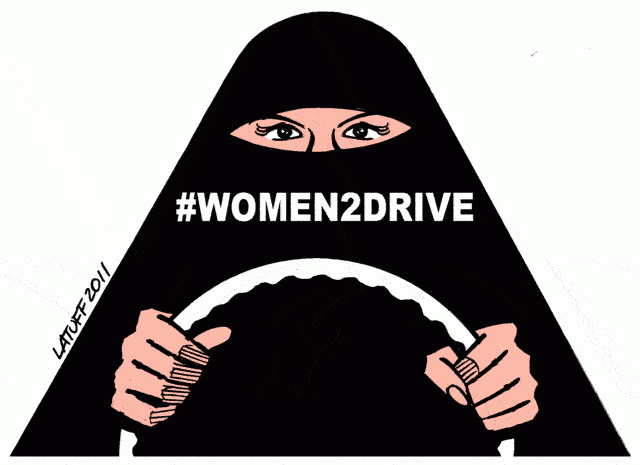
The world has been buzzing the past two weeks after Saudi Arabia’s government announced that after years of arrests, protests and international outcry, women have gained the right to drive.
While many hailed the decision as a victory for the #Women2Drive movement as well as human rights in the Middle East, much of the change in policy is due to pragmatic reasons. After all, women are increasingly becoming a larger part of the country’s workforce; not being allowed to drive forces families to budget for private drivers, an expensive proposition as many of them are immigrants from abroad. For a country that has long sought to curb its reliance on foreign labor, the long road to “Saudization” needs to start at home.
Some observers of Saudi politics and culture suggested changes at home began when the country’s Public Investment Fund (PIF) invested $3.5 billion in the ridesharing company Uber last year. Dan Primack of Fortune slammed the transaction at the time. “To my knowledge, no other Silicon Valley startup has a director from the sovereign wealth fund of a repressive political regime,” Primack wrote in a fit of pique.
At the time, many commentators joined Primack in his fury, as many were appalled that Uber would take such a huge wad of cash from a country that for decades had stubbornly banned women from driving.
But it turns out that investments in companies such as Uber, no matter how bad the optics may have looked on either side, were necessary for this country of 32.3 million people to diversify its economy if citizens were to have ample work opportunities in the long term. Most estimates suggest the country’s vast oil reserves account for 90 percent of the country’s export value, and funds almost that same ratio of the nation’s budget. If the world ever hits "peak oil," or as the current conventional wisdom suggests, oil becomes irrelevant, many of Saudi Arabia's citizens will be left with few employment options unless the country's economy becomes less depended on fossil fuels.
Furthermore, Saudi Arabia’s consumption of oil is hugely inefficient. The country has long used its oil stocks for power generation; a few years ago, a study suggested that if the country did not manage its reserves wisely, the country would could risk having to import oil by 2030 to meet its surging population’s demands. Investments in solar and wind power could help the country meet its electricity requirements while allowing it to still milk its cash cow of oil reserves.
But Saudi Arabia would still need to find ways to keep its people employed, and therein lies opportunities for companies such as Uber. In fact, the company has reportedly already started training women to work for it as drivers.
As Alison Griswold of Quartz explains:
“Uber can’t be credited for getting Saudi Arabia to change its stance on women driving. But in meetings with Saudi officials, the company used its position as PIF’s single biggest investment to push for women being allowed to drive, a person familiar with Uber’s operations in the Middle East told Quartz. The company framed the issue as a path toward economic empowerment in a country that has made it a stated goal to put more Saudi nationals—women included—to work.”
Uber, of course, would not be the only transportation company benefiting from allowing women to drive. Careem, a similar ridesharing service that operates in Saudi Arabia and other Gulf states such as the United Arab Emirates, would also gain a steady pool of new drivers. Meanwhile, despite the new decree and the rush of women scrambling to score a driver’s license, both ridesharing companies should still see a steady stream of customers.
Most estimates suggest 80 percent of ridesharing customers in Saudi Arabia are women. Even though the new law states that women do not need permission from their fathers or husbands to drive, social norms may get in their way of their newly found four-wheel freedom; but at the same time, many of those women not quite ready to drive will at least be able to hail a ride from one of their peers.
Image credit: Carlos Latuff/Wiki Commons

Leon Kaye has written for 3p since 2010 and become executive editor in 2018. His previous work includes writing for the Guardian as well as other online and print publications. In addition, he's worked in sales executive roles within technology and financial research companies, as well as for a public relations firm, for which he consulted with one of the globe’s leading sustainability initiatives. Currently living in Central California, he’s traveled to 70-plus countries and has lived and worked in South Korea, the United Arab Emirates and Uruguay.
Leon’s an alum of Fresno State, the University of Maryland, Baltimore County and the University of Southern California's Marshall Business School. He enjoys traveling abroad as well as exploring California’s Central Coast and the Sierra Nevadas.














